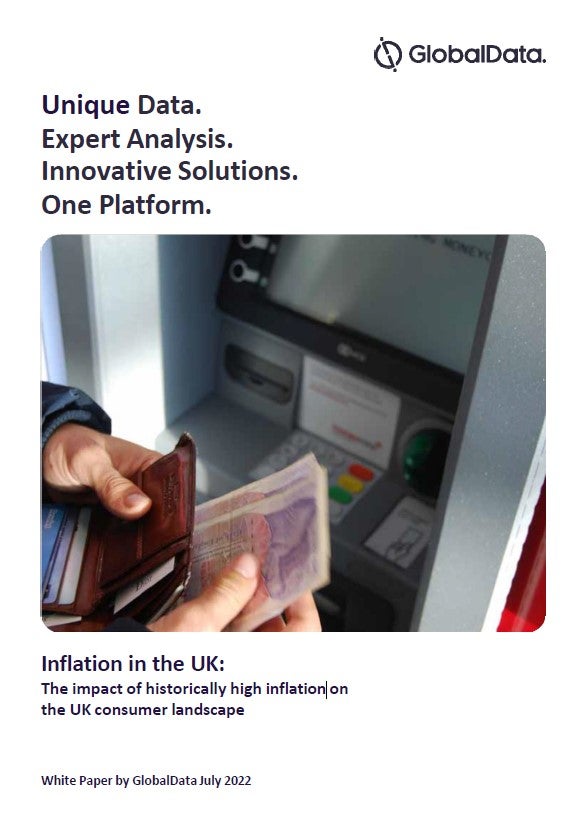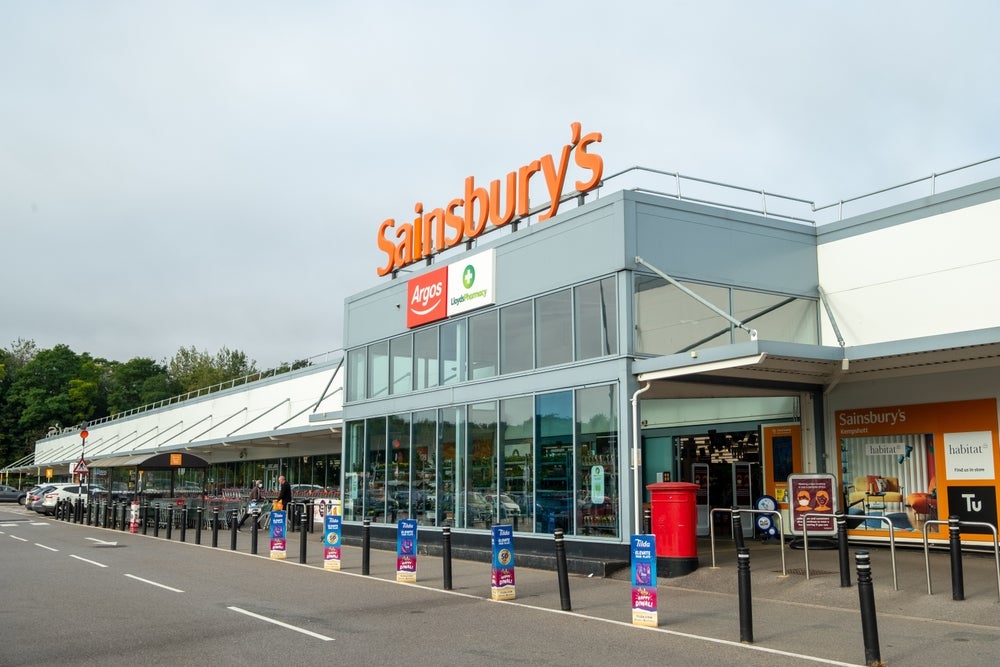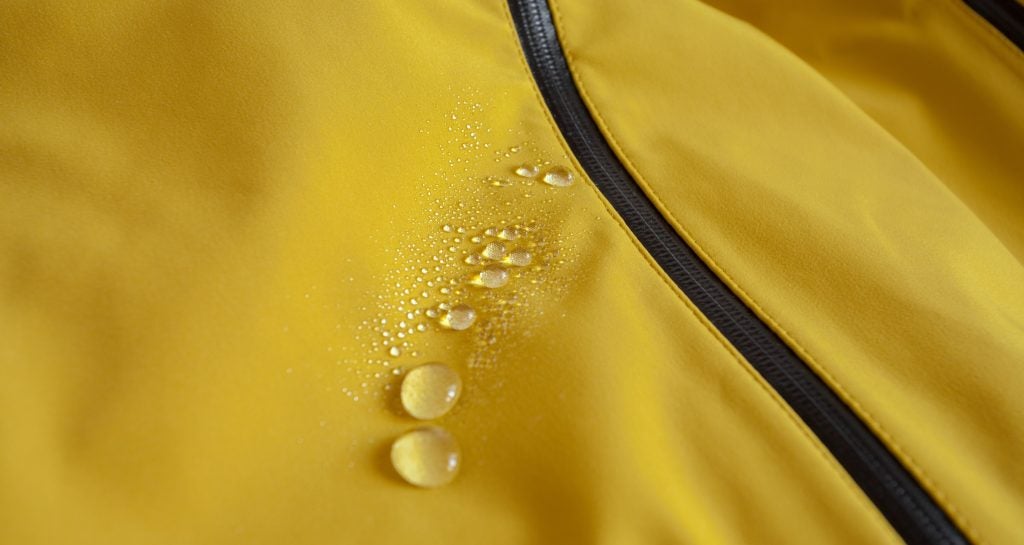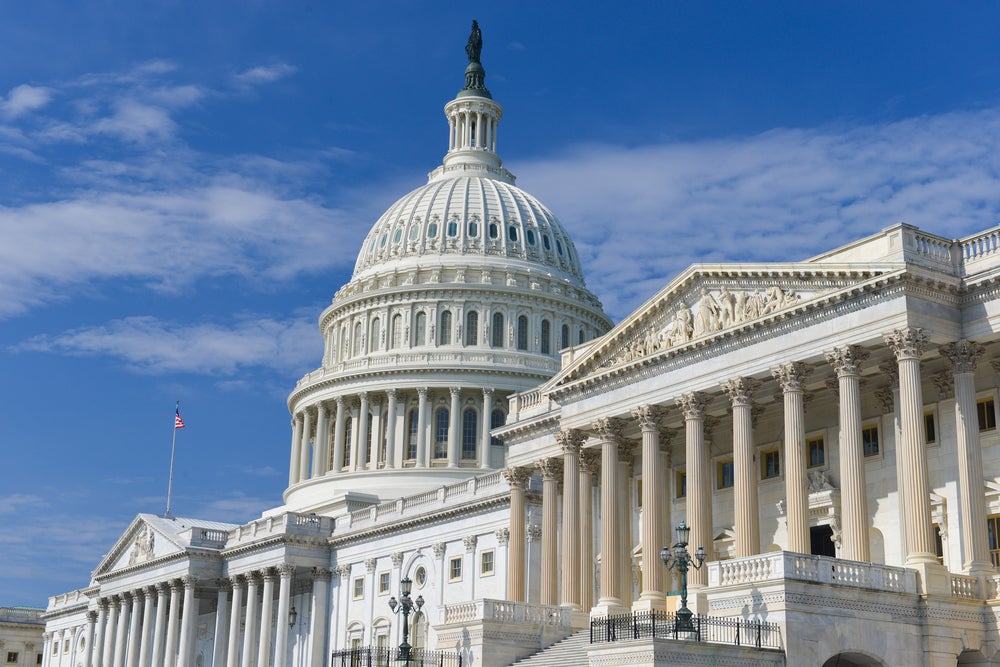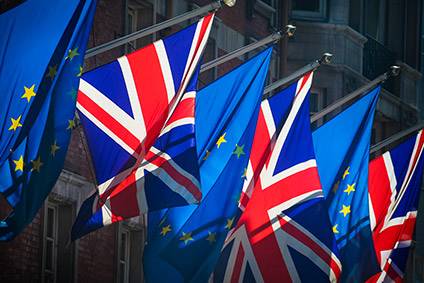
The United Kingdom is the world’s fifth-largest apparel market, but the uncertainties around Brexit are causing mounting anxieties. UK brands and retailers fear their sourcing costs will go up – especially in the case of a no-deal Brexit – and that it will be more difficult to access raw materials and workers, as well as move products across UK/EU borders. Victoria Langro and Dr Sheng Lu from the University of Delaware assess current sourcing patterns – and what might change.
The United Kingdom is the world’s fifth-largest apparel market, with clothing retail sales totalling US$60bn in 2018 – ranking behind China (US$314bn), the United States (US$284bn), Japan (US$67.2bn) and Germany (US$66.4bn). But like most other developed economies, the majority of apparel sold in the UK is sourced from overseas.
There are four key features worth noting.
#1: The market is large, mature, but relatively slow-growing. Over the past ten years, the retail value of UK apparel sales increased from US$58.2bn in 2009 to US$60.0bn in 2018. This includes about 60% womenswear, 27% menswear and 13% childrenswear. As shown in Table 1, apart from 2011 to 2015, the compound annual growth rate (CAGR) in the past decade was not only substantially lower than the world average and leading emerging markets such as China, but was also at the low-end range of countries in Western Europe.
Even so, UK apparel retail sales are still a substantial size compared with many other developed economies. In 2018, the value was 1.6 times as much as in France and Italy, 115% higher than in Canada, 153% higher than in Spain, and 135% higher than in South Korea. Some studies even forecast that the UK may surpass Germany to become the world’s fourth-largest apparel market from 2023, thanks to a steady inflow of tourists and an overall positive economic outlook despite Brexit.
How well do you really know your competitors?
Access the most comprehensive Company Profiles on the market, powered by GlobalData. Save hours of research. Gain competitive edge.

Thank you!
Your download email will arrive shortly
Not ready to buy yet? Download a free sample
We are confident about the unique quality of our Company Profiles. However, we want you to make the most beneficial decision for your business, so we offer a free sample that you can download by submitting the below form
By GlobalData#2: UK and EU fashion brands dominate. As shown in Table 2, of the top 15 fashion brands in the UK apparel retail market in 2018 measured by retail sales value, more than half are UK-based, and another five are from other EU countries such as Ireland, Germany and Sweden. The majority (65%) of these brands were able to maintain or even expand their market shares between 2009 and 2018. In comparison, only one non-EU fashion brand (NIKE, headquartered in the US) made it onto the top 15 list. This result echoes the findings of some previous studies, which show that British consumers, in general, favour locally-made fashion products and see a brand’s country of origin as important a factor as price, quality, and function.
#3: Compared with other Western EU countries, the UK focuses more on the mass and value segments and less on the luxury and premium segments. For example, data from EDITED shows that from 1 January 2018 to 31 October 2019, nearly 56% of clothing sold in the UK fell into the mass and value categories, whereas only 44% were premium and luxury products. In comparison, over the same period, premium and luxury products accounted for nearly 57% and 47% of all clothing sold in Italy and France respectively. Not surprisingly, mid-tier retailers such as Primark and Marks & Spencer are particularly popular among UK consumers.
#4: E-commerce is booming. The rise of e-commerce has led to a notable structural change in distribution channels. As indicated in Table 3, while only 10.9% of clothing was purchased online in the UK in 2005, this had nearly doubled by 2018 (at 23.1%). Over the same period, specialty brick and mortar clothing stores suffered the most significant loss of market share (down from 70.1% in 2005 to 58.5% in 2018). Despite shifts in relative popularity, it would be wrong to conclude that physical clothing stores are no longer relevant. In fact, UK consumers still purchased up to 77% of their clothing offline in 2018. Many traditional UK fashion retailers are also actively developing their omni-channel capability rather than merely reducing their physical presence.
UK apparel sourcing patterns
Because of its geographic location and economic ties with other EU members, UK apparel sourcing and trade also shows several unique patterns.
#1: The value of the UK’s apparel imports has seen marginal growth over the past decade. Between 2010 and 2018, their compound annual growth rate was close to zero – notably lower than the 1.4% world average, the United States (1.9%), Japan (1.5%) and even the European Union as a whole (1.1%). This pattern reaffirms that growth of a country’s national economy is a critical predictor of fashion import demand.
#2: UK fashion brands and retailers are diversifying their sourcing bases and gradually reducing imports from China. In 2018, apparel sold in the UK market came from more than 150 different countries and regions. Similar to other leading import markets, China was the largest supplier to UK fashion companies, followed by Bangladesh, which enjoys duty-free access to the UK under EU’s Everything But Arms (EBA) programme. Because of its geographic proximity and duty-free benefits under the EU Customs Union, Turkey was at number three; while Italy ranked fourth, mainly for high-end fashion products.
China’s declining share has been driven by a mix of factors including increasing cost pressures, and intensifying competition to serve speed-to-market needs. The country’s share has dropped significantly from its peak of 37.2% in 2010 to a record low of 21.4% in 2018. However, no single country has emerged to become the ‘next China.’ Indeed, while China’s market share fell 6.3 percentage points between 2015 and 2018, the next top four suppliers combined were only able to gain 0.7 percentage points of additional market share over the same period.
Many UK fashion brands and retailers are instead increasing the number of countries they source from to balance cost, speed, flexibility, and risk of compliance. For example, Next, one of the leading UK fashion brands, has substantially expanded its direct sourcing base from 18 countries in 2015 to over 40 countries as of 2018 for its 200 million branded products. Efficiency, stock management, cost control, and social responsibility are key to its sourcing decisions.
#3: Despite Brexit, trade and business ties between the UK and the EU are strengthening in textile and apparel products. Thanks to the regional supply chain, EU countries remain a critical source of apparel imports for UK fashion brands and retailers. As shown in Table 5, more than 33% of the UK’s apparel imports came from the EU in 2018 – a record high since 2010. This is in contrast to other developed economies such as the United States, Japan and Canada, where Asian supplier countries dominate.
#4: On the other hand, the EU is also the single largest export market for UK fashion companies. As shown in Table 6, more than 75% of the UK’s textile and apparel exports currently go to other EU countries – another reflection of the close economic ties between the two. Likewise, for luxury UK fashion brands, such as Burberry, the Western EU is a key market, accounting for around 20% of the company’s total retail sales in 2018. Understandably, most UK fashion companies do not believe that Brexit and cutting ties with the EU serve their fundamental business interests.
Outlook for UK apparel sourcing and the potential impact of a no-deal Brexit
While the UK’s apparel retail and sourcing patterns are most likely to stay stable in 2020, the uncertain prospect of the UK leaving the European Union – commonly known as Brexit – is causing mounting market anxieties. UK fashion brands and apparel retailers, in particular, fear tariff rates and their souring costs will go up, especially in the case of a no-deal Brexit. Companies also worry that Brexit could negatively affect the regional EU textile and apparel supply chain, making it more difficult to access raw materials, workers, and to move products smoothly across UK/EU borders.
In March 2019, the UK government released its plan for a one-year temporary tariff regime in the case of a no-deal Brexit, hoping to ease the market’s concerns. According to the plan, 113 out of the total 148 tariff lines (8-digit HS Code) in Chapter 61 (knitted apparel) and 145 out of the 194 tariff lines (8-digit HS Code) in Chapter 62 (woven apparel) will be duty-free if a no-deal Brexit happens. However, other apparel products will be subject to a Most-Favoured-Nation (MFN) tariff rate ranging from 6.5% to 12%.
*Based on the temporary tariff regime released by the UK government in March 2019 for a no-deal Brexit scenario.
As shown in Table 7, the potential impacts of a no-deal Brexit on UK fashion companies’ sourcing costs seem to be modest:
- For products currently sourced from countries without a free trade agreement with the EU (such as China) and those Generalized System of Preferences (GSP) beneficiaries that enjoy non-zero preferential duty rates, the tariff rate in a no-deal Brexit scenario would be lower than the current level, as around 44% of tariff lines will be duty-free.
- For products currently sourced from countries that enjoy duty-free benefits under the GSP programme (such as EBA beneficiary countries), their duty-free market access to the UK will remain unchanged, according to the temporary tariff regime.
- Products currently sourced from EU countries and Turkey will lose their duty-free benefits and be subject to the MFN tariff rate. However, because around 44% of tariff lines will be duty-free, the magnitude of the tariff increase should be modest.
- Likewise, products currently sourced from countries that enjoy duty-free benefits under an EU free trade agreement could be subject to the MFN tariff rate. However, as around 44% of tariff lines will be duty-free and the UK has signed several continuity trade agreements with some of these countries, the magnitude of tariff increase should also be modest overall. Additionally, these countries are minor sourcing bases for UK fashion companies.
That being said, several potential shifts in the UK’s apparel sourcing patterns could be worth watching in a no-deal Brexit scenario. For example, will China be able to take advantage of the lowered tariff rate and regain its market share in the UK? Will Turkey be able to maintain its position in the face of more apparel imports from Asia? And finally, will the no-deal Brexit tariff regime erode the tariff preferences enjoyed by current beneficiary countries of the EU’s trade preference programmes (such as EBA)?

